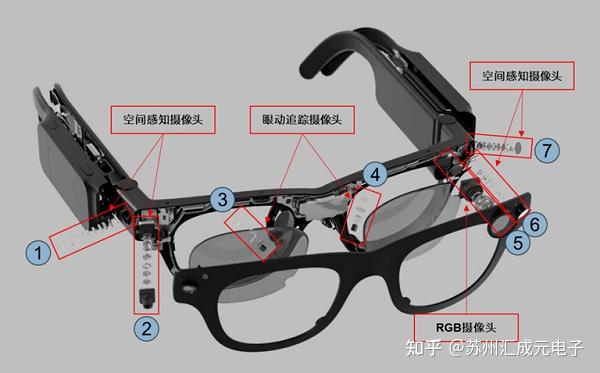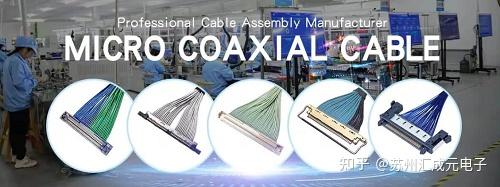Categorization:Harness Component
In the design of AR (Augmented Reality) glasses, the image module is one of the core components that affect display quality and user experience. It not only determines whether the image is clear and realistic but also directly impacts the comfort of wearing and the performance of the device. During the process of connecting the image module with the main control board, the micro coaxial cable has almost become the industry standard configuration. So, why does this cable stand out in AR devices?
The inevitable demand for high-speed signal transmission
The image system of AR glasses requires real-time transmission of high-resolution image data, which has extremely high requirements for bandwidth and signal integrity. Traditional wiring is prone to crosstalk and signal loss under high-speed transmission, affecting the picture quality. In contrast, extremely thin coaxial cable bundles adopt precise coaxial structures, featuring excellent shielding effects and impedance control capabilities, which can maintain signal stability and integrity in high-speed transmission environments. This meets the high bandwidth requirements of AR display modules.
Ideal scheme for miniaturization and lightweighting
AR glasses have very high requirements for space utilization and overall weight. The diameter of micro coaxial cable is generally between 0.3mm and 0.5mm, which is thinner and lighter than traditional FPC or FFC ribbon cables. This extreme miniaturization design allows engineers to achieve complex wiring layouts within limited space, while effectively reducing the overall weight of the device, enhancing wearing comfort and product aesthetics.
Balance between flexibility and durability
In daily use, AR glasses often require adjustments to the wearing angle or minor displacements, which poses strict requirements for the flexibility and bend resistance of the cables. The ultra-thin coaxial cable bundle has excellent flexibility and fatigue resistance. Even under narrow channels or repeated bending, it can still maintain stable signal transmission, significantly improving the reliability and lifespan of the product.
Four, the natural advantages of electromagnetic compatibility
AR devices have a high degree of integration, and electromagnetic interference (EMI) issues are particularly prominent. Micro coaxial cable forms a natural electromagnetic shielding layer through the coaxial structure, which can effectively suppress the radiation and coupling of interference signals, thus maintaining the clarity and stability of the image transmission process, ensuring a high-quality display effect. It is precisely because it simultaneously possesses the characteristics of high speed, light weight, flexibility, and anti-interference that micro coaxial cable has become the ideal solution for connecting AR glasses image modules and has gradually become the mainstream industry standard.
The high-performance characteristics of the micro coaxial cable enable AR glasses to achieve significant improvements in image quality, lightweight design, and stability. In the future, with the continuous advancement of AR technology, the design of such cable assemblies will also become more refined to meet the application requirements of higher resolution and more complex structures.
I amSuzhou Huichengyuan Electronic, Long-term focused on the design and customization of high-speed signal cable harnesses and ultra-fine coaxial cable harnesses, committed to providing customers with stable and reliable high-speed interconnection solutions. If you have relevant needs or want to learn more, please contact:Manager Yin 18913280527 (WeChat same number)。